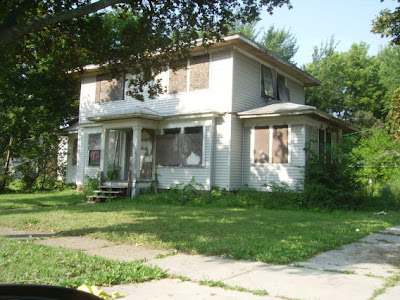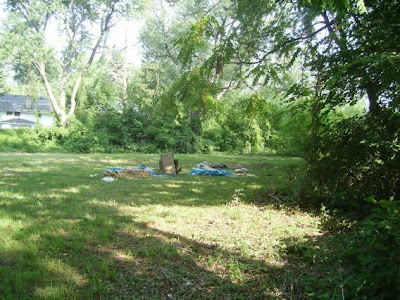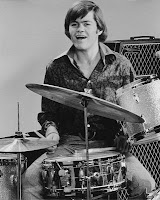 The remnants of the White Eagle Theater, which opened in 1921 at 3817 Industrial Avenue. (Photo courtesy of waterwinterwonderland.com.)
The remnants of the White Eagle Theater, which opened in 1921 at 3817 Industrial Avenue. (Photo courtesy of waterwinterwonderland.com.)Judging by the response to the post on the Della Theater, Flint Expatriates love the movies. And if that's the case, you have to visit waterwinterwonderland.com. It's a compendium of all the theaters and drive-ins — past and present — in Michigan. There are some great photos and recollections, and an option to submit comments. Warning...you can spend a lot of time on this site.























"Vacation House" was a bit of an equivocation used for effect in my description. I'm far from wealthy and will never be able to buy in the Bay Area where I work. Having a place I can eventually settle in was an appealing prospect. It's the "place" that was important. Having some leeway in choosing and more than a small knowledge of many of the metropolitan areas in the States, I chose Detroit. There's not much work-work in Detroit compared to the salt water coasts. Those who can work for money from their laptops, while indulging their art or crafts propensities, perhaps for building giant goofy art pieces commissioned by strange cults or indulging in various permutations of psycho-geography, those people, the ones who need SPACE and the potential of community are the first that will return (and are returning.) Since spending a lot of the summer in Detroit, I've discovered a pretty cool & growing group of of artists and craftsmen, some townies, some transplants, who are already digging in in the Metro area.
As to our place: My partner lives there year round & I intend to spend a lot of time there. We know the immediate neighbors and are friendly with them. The neighborhood is pretty mellow & that's the way those who live there like it. I grew up in Michigan in the 60's & 70's (not Detroit or Flint) & scrapping or trashing someone's house would never have been tolerated by the "community." That's a collective attitude I think will grow as more people repopulate urban areas with the common purpose of actually creating a community, or, at the least to live in a relatively safe area surrounded by non predators.
My friend Chris Radcliffe who just visited us from Portland was overwhelmed by the size of the devastated areas and believes it's simply too much to ever repopulate & only pockets will be restored to any kind of civic normalcy. We'll see.